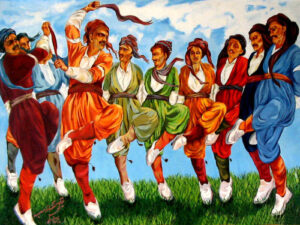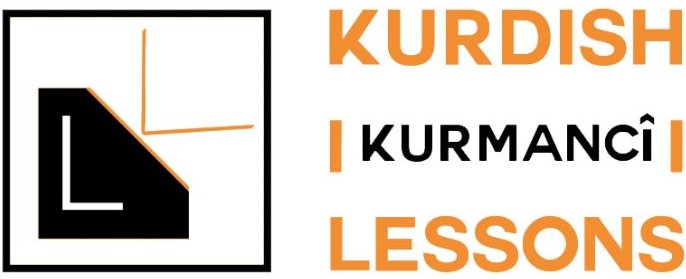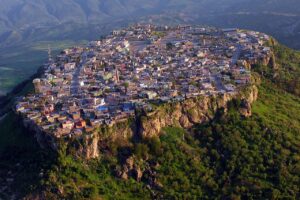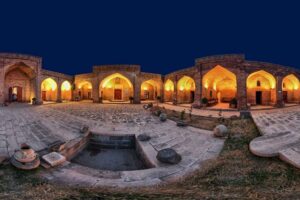
Kurdish Dance
Exploring the Rich World of Kurdish Dance
Introduction
Kurdish dance, a vibrant expression of Kurdish culture, is as integral as its musical counterpart. This article delves into the diversity of Kurdish dance styles, the regional variations, and the significance of this cultural heritage. We’ll also discuss the linguistic influence on dance styles between Kurmanji and Sorani speakers.
The Rich Tapestry of Kurdish Dances
1. Cataloging Kurdish Dances
In the four regions of Kurdistan, a myriad of Kurdish dances can be found, each deeply rooted in their respective villages. While many of these dances possess unique regional names, it’s unfortunate that some remain unnamed or unrecognized due to misattribution.
2. The Three Types of Kurdish Dances
Kurdish dances predominantly fall into three categories: Circle, Semi-Circle, and Straight Line. These community dances often feature both men and women dancing together, connecting through various hand-holding methods. Men’s dances are characterized by speed and athleticism, while women’s dances emphasize graceful footwork and fluid movements.

The Language-Dance Connection
3. Kurmanji Dances
Kurmanji dances showcase sharp, energetic movements, with dancers frequently utilizing the “Kurdish hand hold” or pinky hold. The dances exude an impressive energy that sets them apart.
4. Sorani Dances
Sorani dances, on the other hand, exhibit simpler steps but distinguish themselves through constant shoulder movements and a swaying, fluid style, resembling the grace of a fish. Notably, Kurdish culture is unique for its coed dancing, where men and women share the same dance line.

Iconic Kurdish Dances
5. Kurmanji Dance Highlights
Some noteworthy Kurmanji dances include Keçiko, Çepikli (from Gaziantep), Garzane, Papuri, Meyroke (from Bitlis), Temilav (from Van), and Çeçeno (from Diyarbakir). Sheikhani, common in Behdinan, is also danced by Kurdish Jews and Assyrians.
6. Sorani Dance Highlights
Soran dances include Gerdûn, Çepi, Khanim Mirî, and Sêpêyî.
Decoding Kurdish Dance Terminology
7. Understanding Dance Terms
In Kurmanji, the prevalent folk dance is known as “Halay,” equivalent to “Govend” in Kurdish. The leader of a folk dance is called a “sergovend” or “serçem.” In Sorani, dance can be referred to as “hełperrkê” or “çopî,” and the dance leader is known as a “serçopî.” Kurdish boasts numerous song types, such as “kilam” or “stran” in Kurmanji, with the singer referred to as a “stranbêj.” In Sorani, “goranî” describes songs, and a singer is called a “şayîr” or “goranîbêj.”
The Mosaic of Kurdish Culture
8. Embracing Kurdish Costume
Kurdish dance is often accompanied by vibrant, regionally-based costumes, reflecting the diversity within each Kurdish tribe. These costumes, characterized by their bright colors and layered garments, are crafted with care by individual dancers, adding a unique dimension to each performance.
Conclusion
Kurdish dance, an essential part of the Kurdish cultural mosaic, offers a mesmerizing glimpse into the rich tapestry of this unique heritage. Embodying the essence of unity and celebration, these dances continue to thrive and captivate audiences worldwide.



